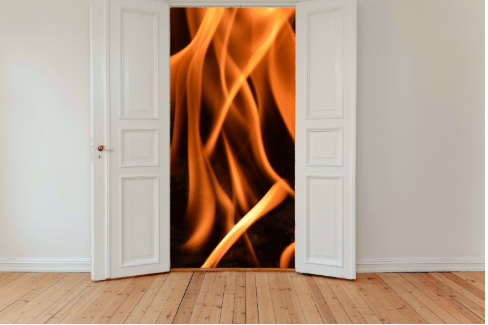Fire and Acoustic Rating
Is your Passive Fire Rated system compliant with the current building construction legislation?
Passive Fire Rated systems have come under some scrutiny over the last few years due to the amount of non compliant buildings being discovered. Does your building comply with the Queensland Building Fire Safety Regulations 2008? And if not are you aware of the fines you could be subject to, if a building you own or manage is found to be non-compliant you could find yourself facing hefty fines.

Fire rating revolves around legislation. It requires an attention to detail, and an in depth knowledge to ensure the system installed meets the specified requirements to be compliant. Ensuring the correct system is installed properly and in sequence prevents additional works and/or re-works to your project. To prevent costly rectification works, it is wise to have a passive fire certifier advise you on the most efficient and cost effective methods your building will require to meet the relevant legislation and obtain a Form 16. All current and new passive fire installations and penetrations are required to be inspected at regular intervals by passive fire certifiers.
Although there are certain requirements to be meet when fire rating there are also different fire rated systems that can be utilized to achieve those requirements. Fire systems are rated to withstand a fire under test conditions for a certain period of time. This time is known as the Fire Resistance Level FRL and consists of three different criteria.
- Structural Adequacy -The ability to maintain stability and load bearing capacity as determined by AS 1530.4
- Integrity- The ability to resist the passage of flames and hot gases as specified by AS 1530.4
- Insulation- The ability to maintain a temperature over the whole of the unexposed surface below that specified by AS 1530.4
For example, a wall that is required to meet an FRL of 120/60/30 means that the wall must maintain structural adequacy for 120 minutes, integrity for 60 minutes and insulation for 30 minutes, as tested to AS1530.4.
